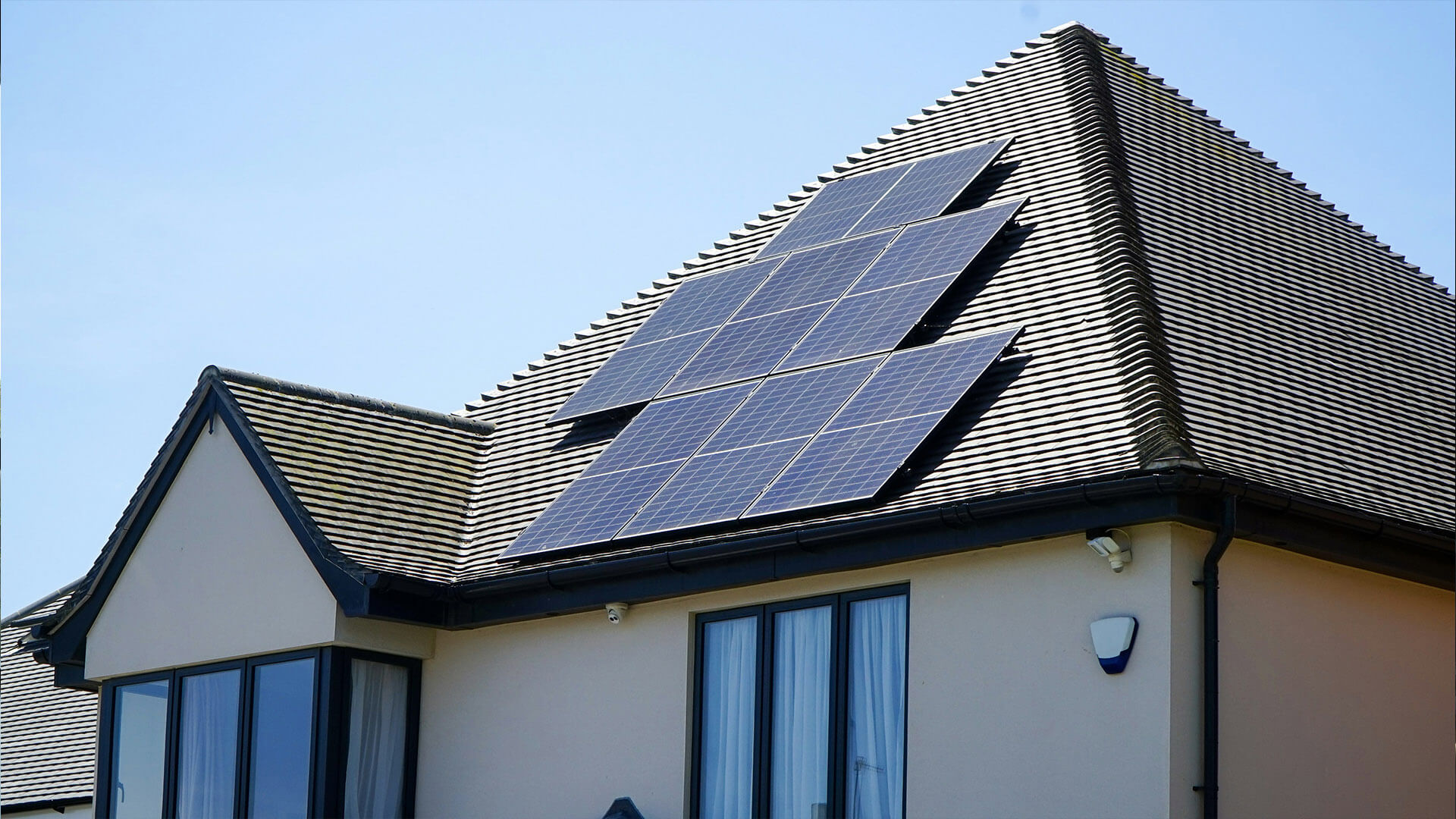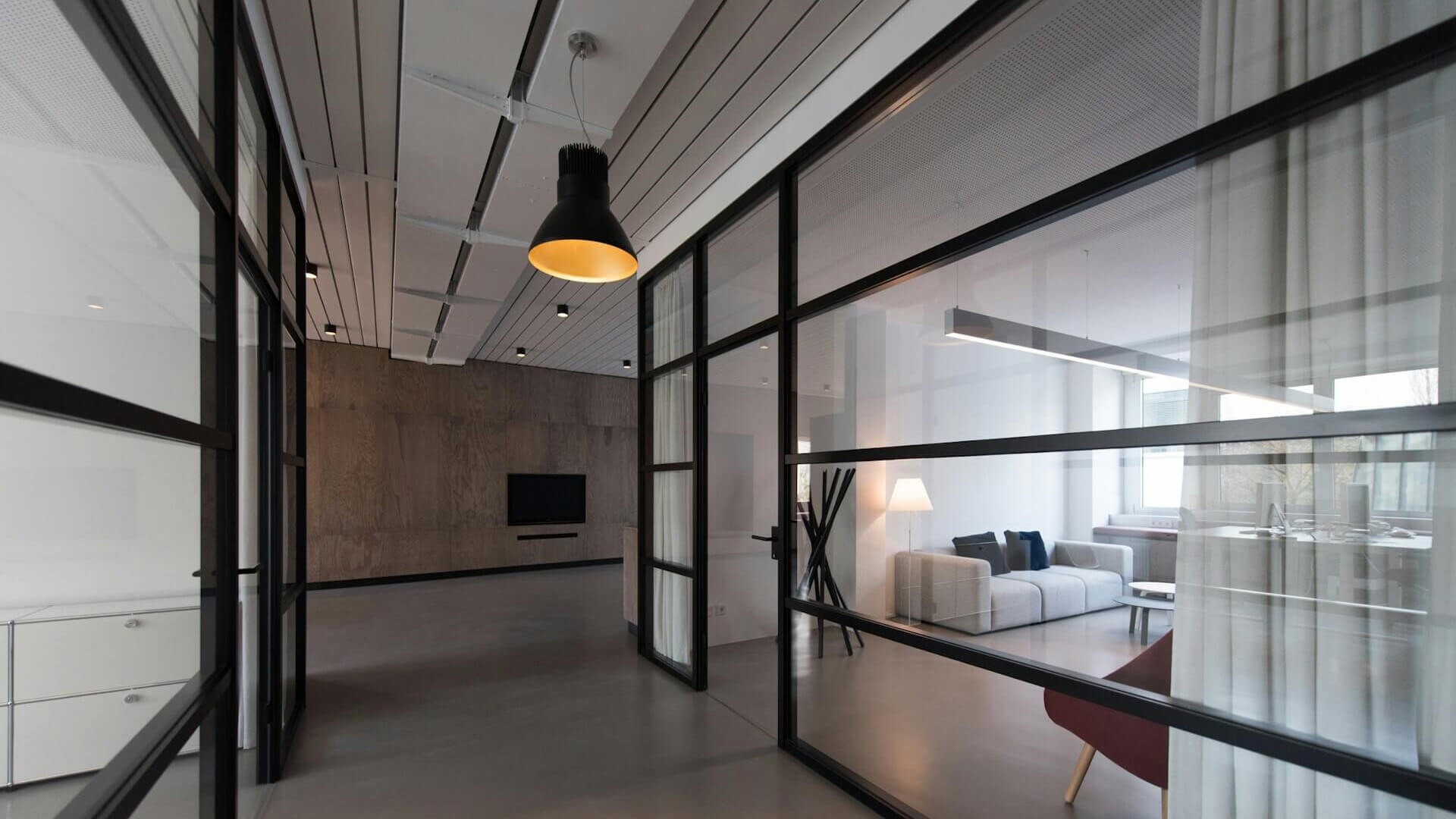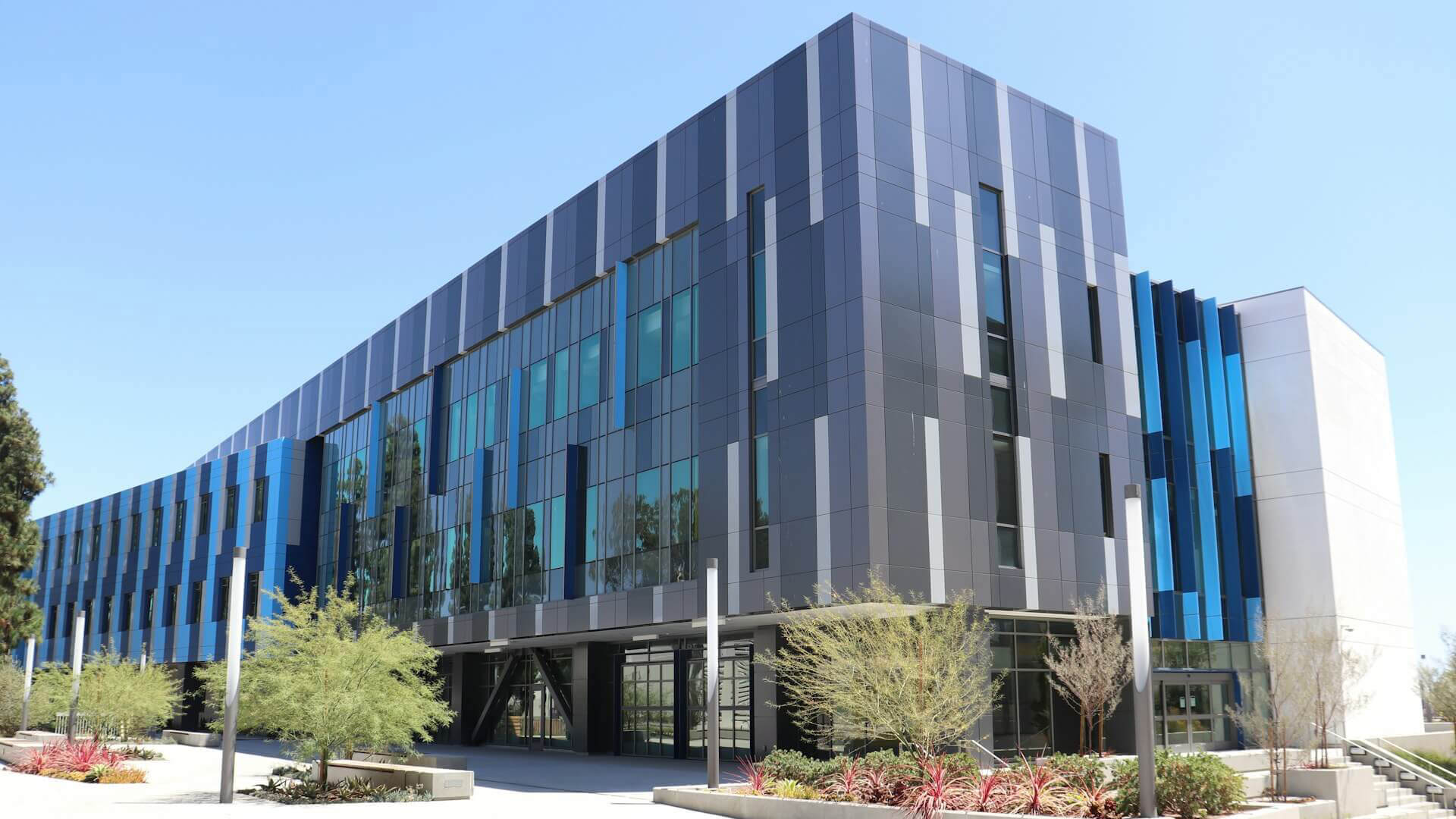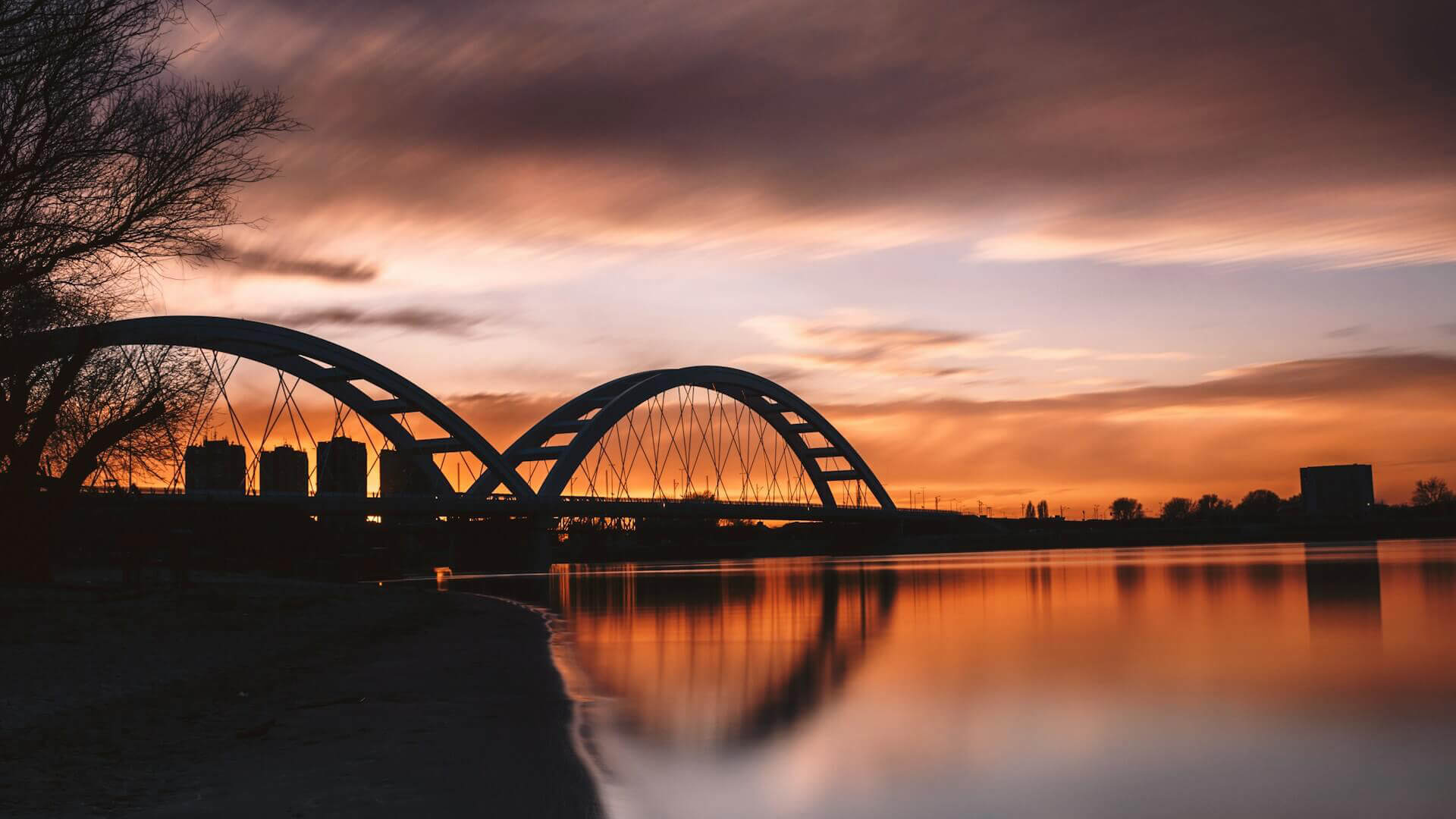Innovative Sustainability Practices in Commercial Real Estate Development
Developers are showing a growing commitment to integrating sustainable design features into their projects, leading to initiatives like LEED certification and pilot programs focused on green building practices.

What Defines Sustainable Design?
Sustainable design is a broad field that focuses on combining man-made structures with the natural environment around them. It is both a field of work and a way of thinking that aims to create affordable housing for everyone while considering the impact on the environment.
It requires professionals in this field to take into account the three key aspects of sustainability when planning projects: environmental impact, social fairness, and economic practicality.
The Purpose of Sustainable Design
The purpose of sustainable design is to create a balanced relationship between buildings and nature. This means that developments should be good for people to live in and also support the environment around them.
Save the Environment
One of the primary goals of sustainable design is to minimize an individual’s carbon footprint to help reduce the effects of climate change.
Sustainable design helps save energy by using smart strategies like better building placement, improved insulation, solar panels, and energy-efficient lighting. This helps conserve natural resources for future generations.
Reduce Energy Use
Using sustainable design principles in a building improves energy efficiency, which can lead to big savings for both owners and residents.
Using passive heating and cooling methods, like positioning a building to get more sunlight or adding shading to reduce heat, can greatly reduce the need for mechanical systems like air conditioning. Implementing active systems that tap into natural resources, like wind turbines or geothermal pumps, can offer significant benefits and savings over time.
Benefits of Sustainable Design
The implementation of sustainable design practices is a wise investment to consider in any commercial property construction because it benefits the building’s occupants and owners in a variety of ways. These include:
- Reduced energy costs
- Reduced harm to the environment from waste and emissions
- Improved occupant health from increased ventilation and more healthy materials used during construction
- Longer life-cycle for building components and better overall return on investment (ROI) over time
Investing in Sustainable Design
With so many benefits of following sustainable design practices, it's no surprise that many commercial real estate developers are eager to adopt these approaches. The upfront costs of upgrading systems or using more efficient materials might seem high, but they quickly pay off with lower operating costs and healthier spaces for those who live or work in the building.
By incorporating eco-friendly design into their plans, architects can boost a project's return on investment (ROI) while also setting the stage for future sustainable building projects that help create a stronger, more resilient environment.
Info
Date : 19 September 2024
Time to read : 4 min
Tags
- Commercial Real Estate





